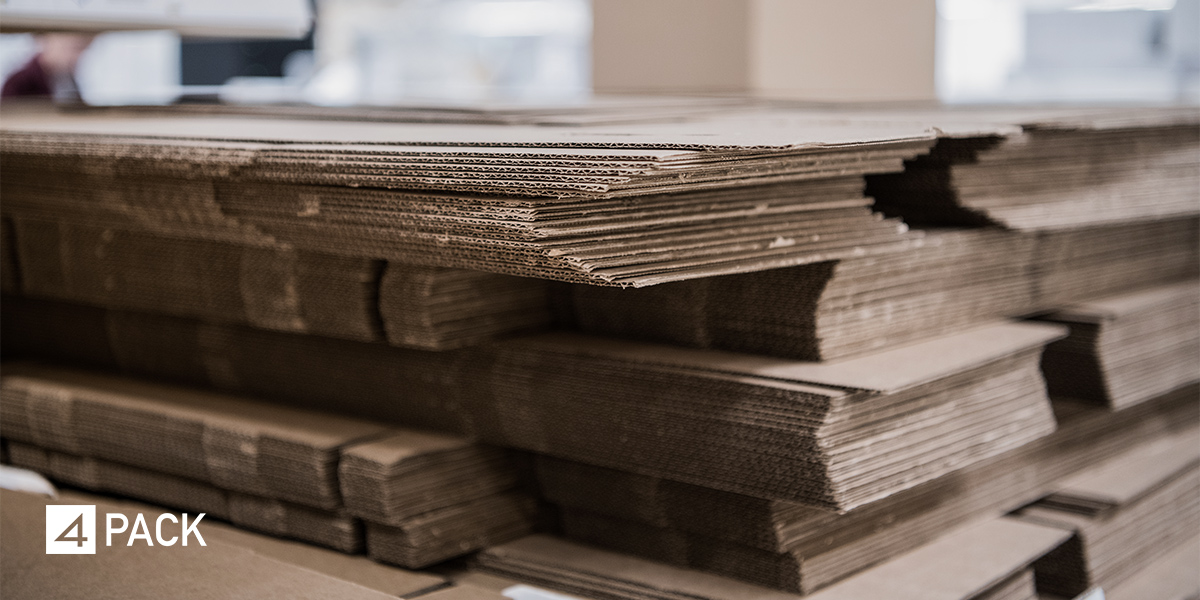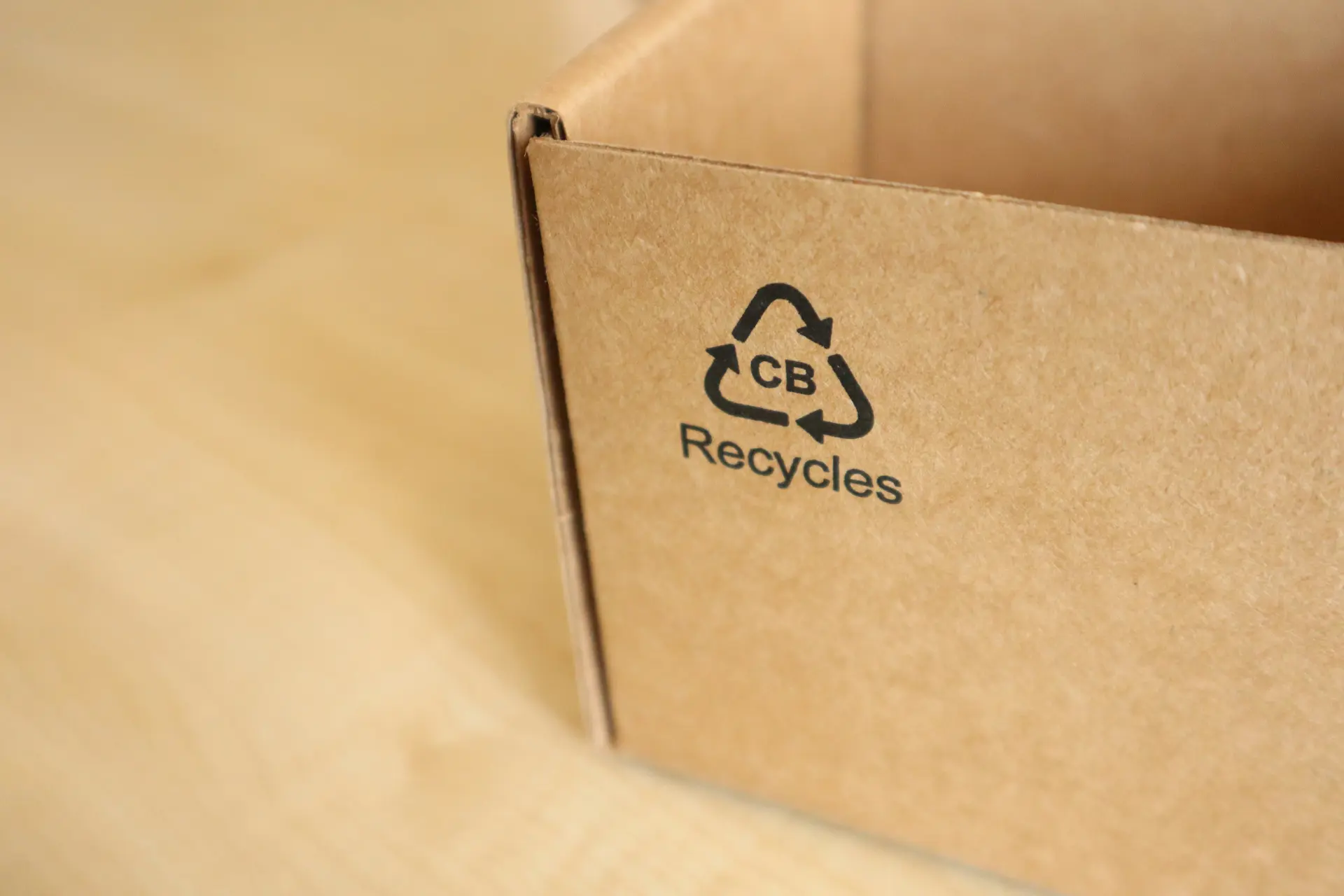By Helen Poole
Volatile costs present a packaging management headache. But CPG brands that connect and control their packaging data can turn inflationary pressure into an engine for smarter, sustainable innovation.
In recent years, both product and packaging supply chains have had to absorb multiple waves of price shocks, from energy and logistics to raw materials and labour.
At such times, product and packaging redesign become one of the few levers brands can pull to protect profitability without raising prices for consumers.
Packaging redesign may seem the lesser challenge, compared to product change. However, it quickly creates challenging ripple effects, as changing one element necessitates further changes in the mix and affects every team. Siloed departments using spreadsheets struggle to keep up, and errors and delays can quickly creep in.
By centralising packaging specifications, artwork and compliance information in one connected platform like 4Pack, brands can navigate cost shocks and redesigns much more effectively. And there are additional benefits too, in terms of compliance assurance and ongoing packaging design innovation.
Packaging in the firing line
Cost pressures impact the packaging industry from several directions. Factors such as resin and paper-pulp price swings, spikes in freight costs, rising energy bills and wage inflation can quickly combine to squeeze margins.
According to Eurostat industrial producer price data, the cost of packaging materials such as paper, board and plastics rose sharply between 2021 and 2023, typically by 25-35 per cent across Europe. Paper and board were hit hardest as demand outpaced supply, while plastic prices followed, reflecting the energy intensity of polymer production.
At the same time, European Commission and OECD data show that although post-pandemic freight and logistics costs have stabilised, they remain above pre-2020 levels, keeping supply chain pressures high.
In such a climate, packaging manufacturers inevitably pass cost rises to brand clients – who must then carefully consider how to balance these with what cash-squeezed consumers can bear in an inflationary economy.
Redesign options
In their turn, brands look to redesigning as a tactic to absorb the impact of costs shocks without hitting profits or price points. You might switch to lightweight materials that use less plastic, board or foil per unit, for example. You might switch substrates to cheaper or more locally available options. You might simplify or standardise designs to reduce production complexity and tooling costs or optimise pack sizes to reduce transport and storage costs.
Redesign is also increasingly driven by sustainability and compliance imperatives. Across Europe, recycled content mandates and Extended Producer Responsibility (EPR) schemes are pushing brands to increase the share of post-consumer recycled (PCR) plastics in their packs, with many setting targets of 30-50% PCR by 2030. At the same time, innovation teams are trialling next-generation materials – from fibre-based and compostable films to bio-based alternatives such as mycelium composites — as they look to cut virgin plastic use and meet circularity goals.
But there is complexity behind all these moves, because every redesign presents a serious packaging management risk.
The redesign ripple effect
The challenge with redesign is that, when one element in the mix changes, the ripple effect touches everything else: pack dimensions, artwork designs, labelling requirements and cutter guides. And if you’re relying on disconnected systems and spreadsheets to track changes, you could face delays, duplication and uncertainty at the very moment when accuracy and responsiveness matter most. The ripple doesn’t stop there, ultimately impacting RAM assessments and EPR reporting.
Joining the dots and managing all this effectively is challenging, because all too often no one has an overarching view of the entire redesign project. Each team has only a partial perspective, leading to blind spots and delays. Procurement departments may have to chase suppliers for missing specifications. Design may realise too late they are working from outdated templates. Sustainability or compliance teams may be left checking every change manually to ensure it doesn’t affect recyclability or labelling rules. It becomes difficult to know which materials are approved, which supplier data is current, or which SKUs carry outdated artwork.
The hidden costs of all this lack of coordination – from design rework, reprinting artwork, scrapping packaging runs or even recalling products to rectify compliance breaches – could end up exceeding the planned savings from redesigning, or even cause EPR reporting miscalculation and penalty risks.
In short, packaging redesign is a full-on data challenge. Without a shared data view, alignment becomes difficult, errors multiply and projects lose momentum. And as cost pressures grow, the cracks are only likely to widen. So what can be done?
Managing complexity, creating connection
The solution is not more data, so much as a smarter approach to data. Brands that centralise, organise and standardise their packaging data gain the all-team visibility and control they need to navigate cost volatility and redesigns with confidence.
With 4Pack, every packaging specification, material attribute, artwork file and supplier record lives in one unified environment. Each component is linked to its associated products, artworks and documentation, presenting a complete, holistic picture of the packaging lifecycle. So when one element changes, the effects and dependencies are visible immediately across SKUs, markets and teams.
Modelling alternatives
Redesign options need to be assessed not only for cost, but also for performance, compliance and sustainability impact. 4Pack enables teams to model different material or dimension options directly within the system. Since all relevant data – dimensions, grammage, materials, suppliers, artwork and compliance attributes – is now connected, the mutual impact of each change can be evaluated quickly and accurately. Teams can compare cost, recyclability and sourcing implications side by side, and generate new specifications automatically.
This capability transforms how packaging decisions are made. Instead of relying on static spreadsheets or supplier PDFs, teams can simulate scenarios, review results in real time, and approve new configurations with full visibility of downstream effects. You get quicker, better-informed decisions that help protect margins while maintaining quality and compliance.
Streamlining artwork and approval cycles
Even small cost-saving modifications to packaging – such as adjusting pack size or switching material – typically require artwork updates. (These can sometimes take the form of “shrinkflation” changes, where the contents are slightly reduced to offset rising input costs without raising shelf prices.) Each version must reflect updated specifications, dimensions and labelling data, so without a controlled workflow, version drift or inconsistent translations can easily creep in. Delays then ripple through production and launch schedules.
4Pack’s integrated artwork management capability connects design and approval workflows directly to live specification data. When a specification changes, the linked artwork and label content update automatically, reducing manual input and rework. Automated workflows route approvals to all relevant stakeholders, such as design, marketing, regulatory and supply chain. Every step and sign-off is logged for full audit and compliance traceability.
Sustaining cost efficiency through collaboration
Packaging sits at the intersection of product management, design, marketing, procurement, operations and compliance. In times of volatility, dynamic collaboration is especially vital, but that relies on teams and partners having a single, trusted source of data.
4Pack’s collaborative workflows ensure that everyone works from the same live information. When a packaging engineer changes a specification, procurement instantly sees the update. When a new material is approved, sustainability teams can verify its recyclability or EPR implications immediately. When marketing dreams up a new on-pack promotion, it is woven seamlessly into the packaging design process. Every update is tracked and timestamped for all to see.
This shared visibility removes the duplication and confusion that can often accompany cost-driven packaging changes. It also supports stronger supplier relationships, as external partners can work from the same controlled specifications and documentation, so reducing errors and rework across the chain.
Managing compliance implications
As well as managing inflation, brands are facing escalating sustainability and regulatory demands. The UK’s Extended Producer Responsibility (EPR) regime, the EU’s incoming Packaging and Packaging Waste Regulation (PPWR), numerous national plastic taxes and myriad Deposit Return Schemes all increase the need for good packaging management control, end-to-end process visibility and precise, auditable packaging data.
This convergence of escalating economic and regulatory pressures now makes packaging data quality a non-negotiable. Packaging teams now have to consider not just the financial impact of design changes, but also their compliance and environmental implications. A cheaper material may save money today, for example – but create liabilities for tomorrow if it increases EPR fees or reduces recyclability.
4Pack enables a holistic approach. The system links product and packaging specifications to product management, packaging design and manufacturing workflows. This enables coherent management of compliance requirements, and effective reporting both internally and to meet regulatory needs. It brings transparency to decisions that previously involved guesswork and backtracking.
Turning cost and regulatory pressure into design innovation
Rising input costs and regulatory changes may force brands to rethink how they manage packaging. But beyond firefighting inflation and assuring compliance, better data management can also drive smarter design innovation.
With a unified packaging and artwork management platform, data becomes a strategic asset rather than a barrier. Teams can test new ideas, collaborate faster, and ensure every packaging decision is underpinned by verified information.
Economic turbulence is never far away. The organisations that thrive will be those that treat packaging not as a fixed cost, but as a dynamic system – informed by data, enabled by collaboration, and set up for continuous, proactive optimisation.




